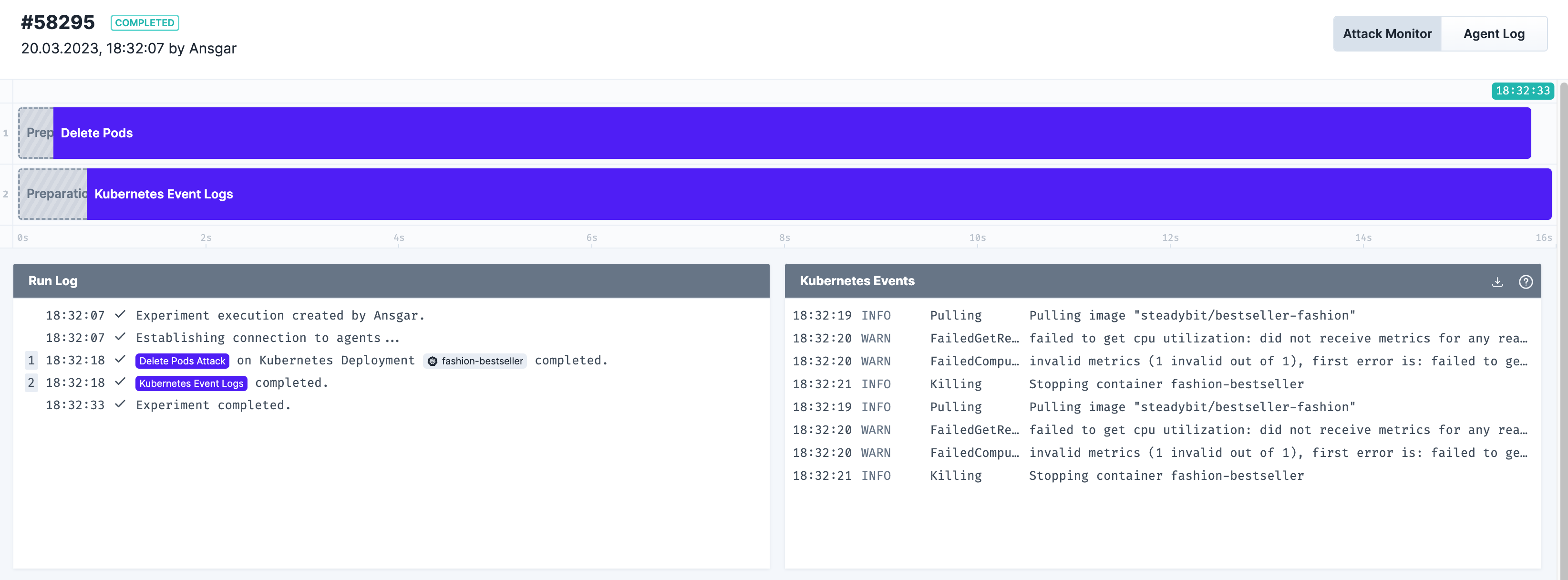Kubernetes Event Logs
Collect event logs from a Kubernetes
Targets:
Kubernetes Cluster
Kubernetes Event Logs
Collect event logs from a KubernetesTargets:
Kubernetes Cluster
Install nowKubernetes Event Logs
Collect event logs from a Kubernetes
Targets:
Kubernetes Cluster
Kubernetes Event Logs
Collect event logs from a KubernetesTargets:
Kubernetes Cluster
Install now

